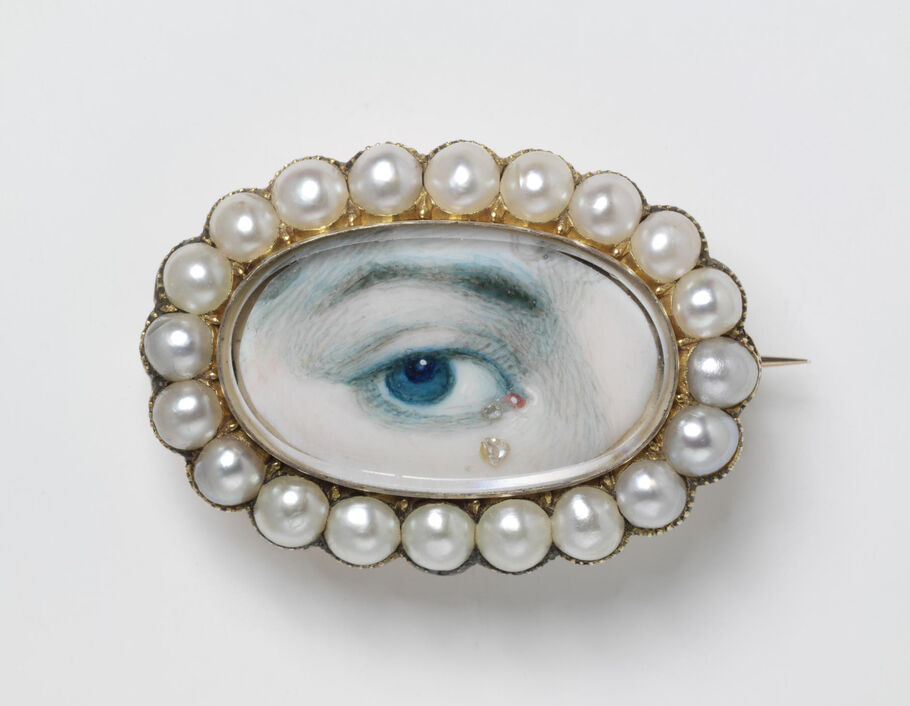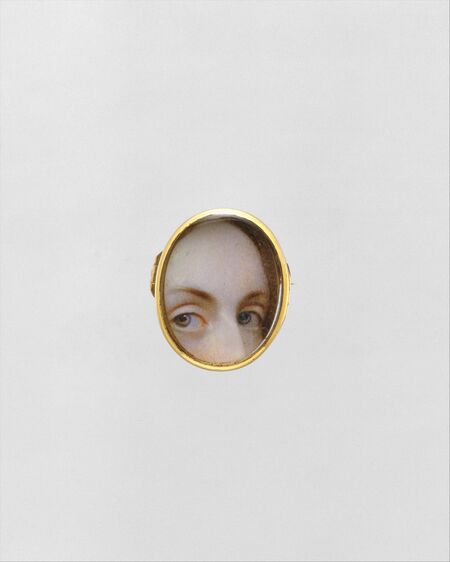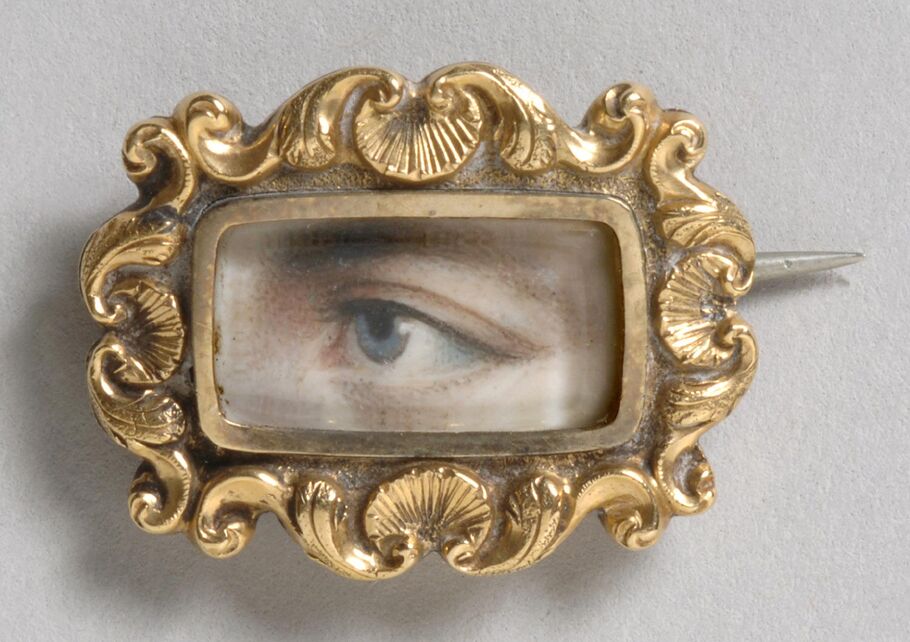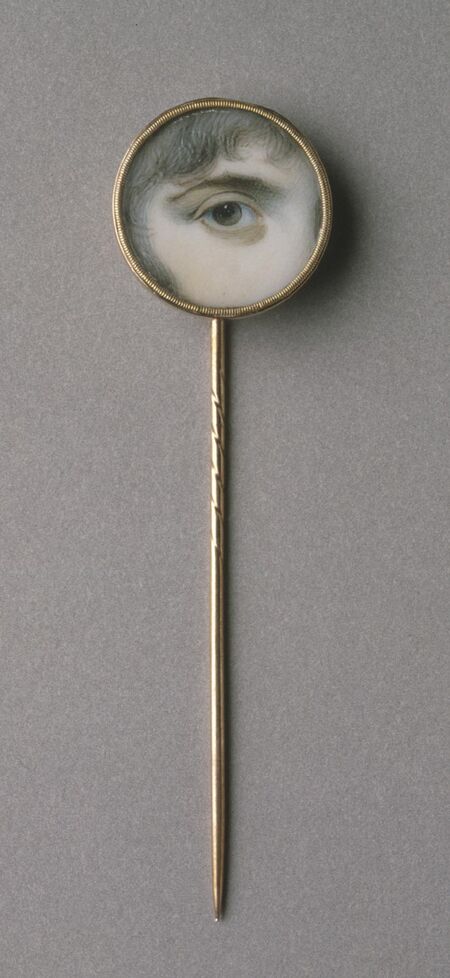cannonball
Hero Member
- Feb 20, 2010
- 825
- 4,105
- Detector(s) used
- DEUS 11 Fisher F75ltd,TDI Minelab Excailber
- Primary Interest:
- Relic Hunting
So I decided to spend a few hours deep in the new Jersey Pine Barrens. I went to an old site to see if the Deus 11 could find a little more with the right settings. It did! After a few buttons and an 1804 Half Cent, I found a brooch. It didn't make sense that the the middle of the brooch was empty until I read about the Mysterious Lover’s Eye Jewelry of 18th-Century England. Apparently, back in the 1700's people would have a painting of their lovers eye ( some with tears) imbedded in a brooch. The painting in this brooch is long gone but I feel like the eye is watching me in the JERSEY PINE BARRENS!!
Attachments
Last edited:
Upvote
22




















